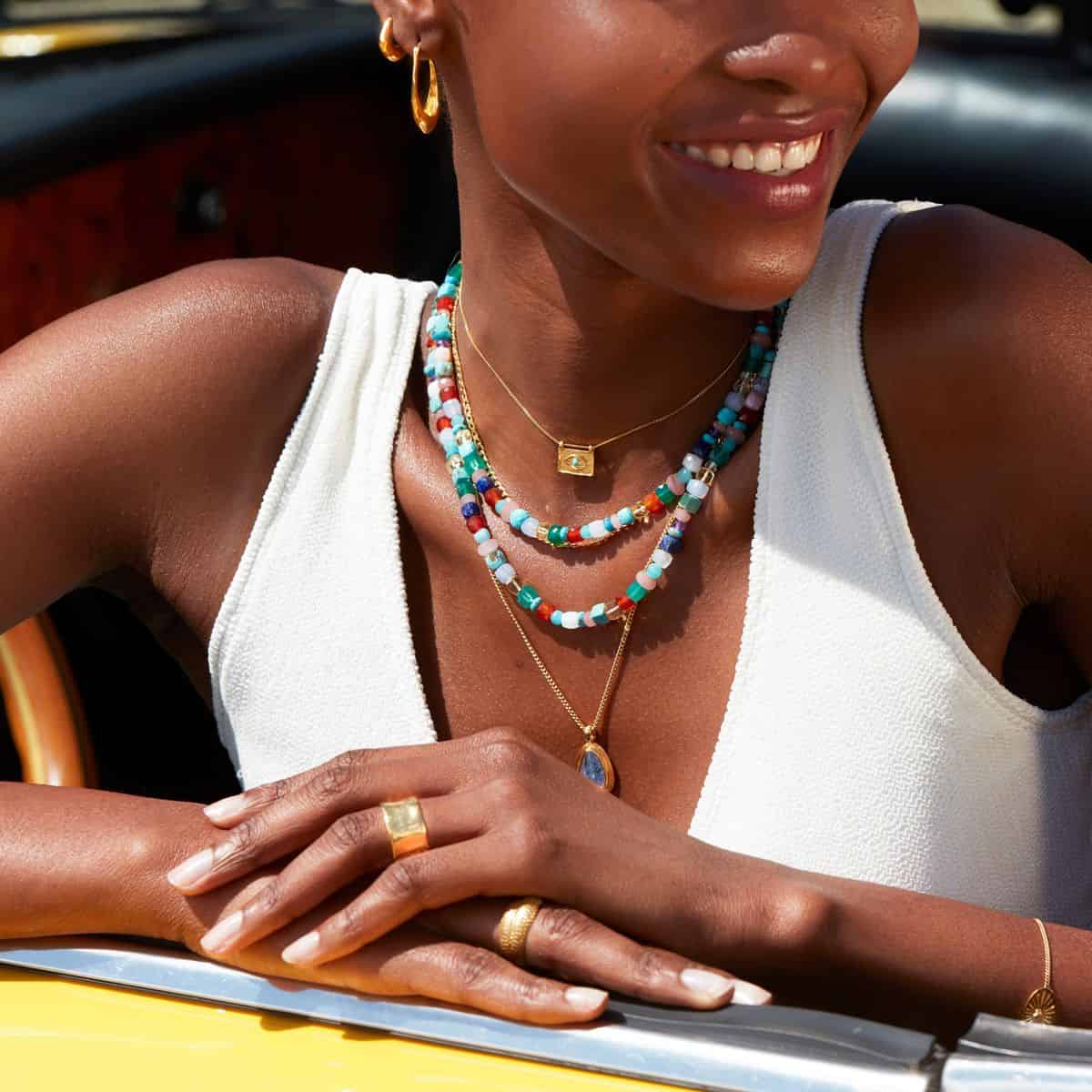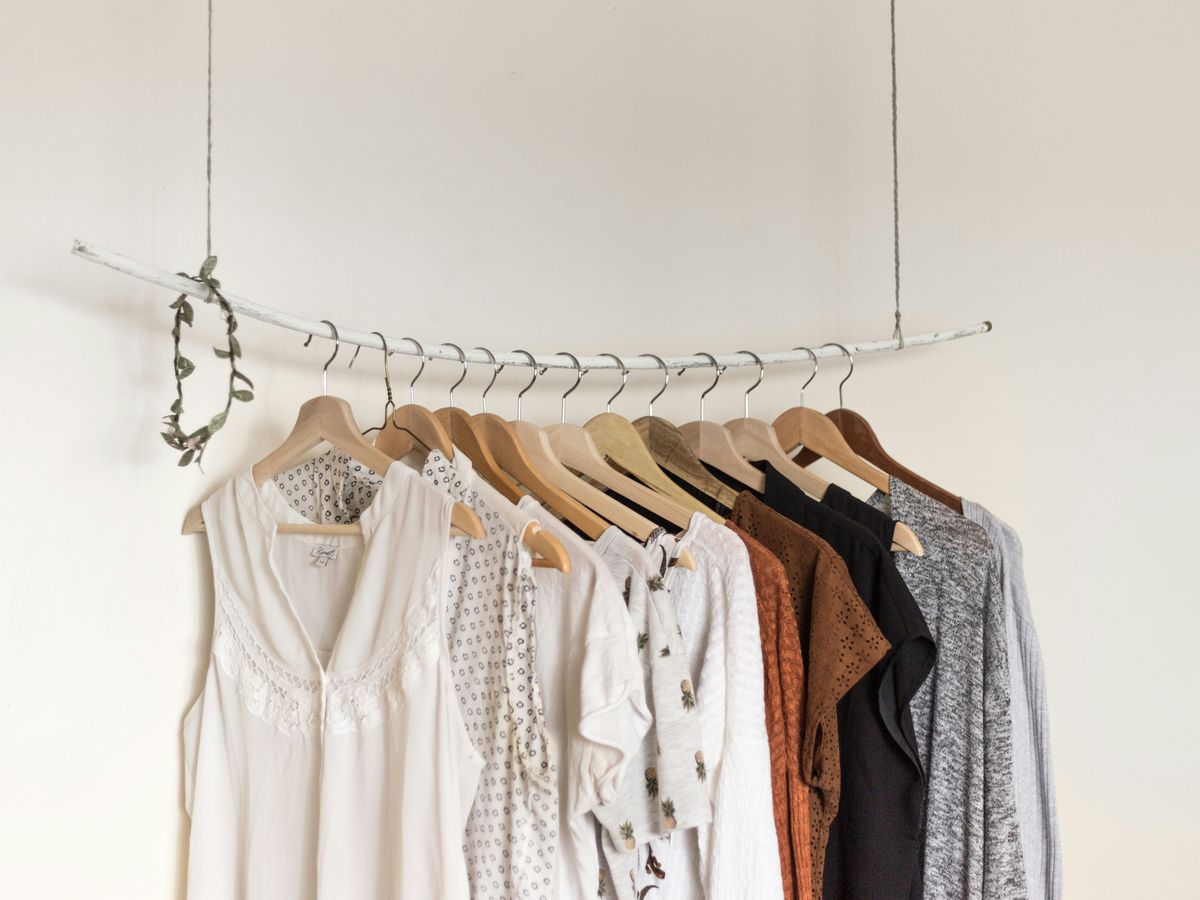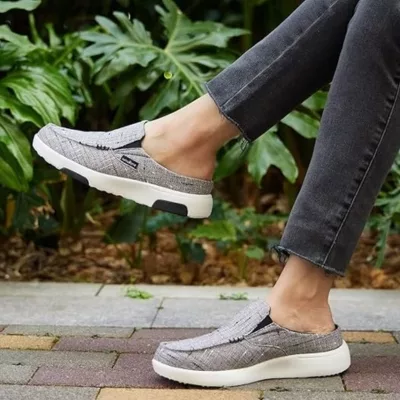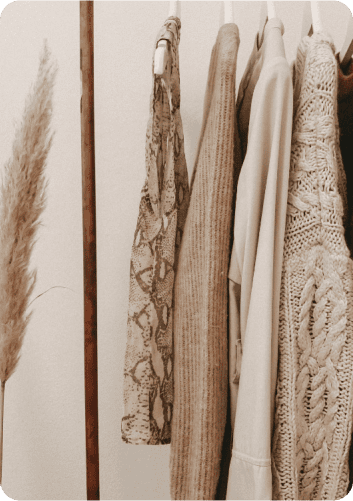Through ancient times, jewelry has represented rank, love, and beauty in human civilization. Sustainable jewelry is a great alternative to traditional jewelry as the latter frequently involves conflict with minerals, worker exploitation, and environmental destruction.
Sustainable jewelry is made with eco-friendly and socially conscious techniques, making it a moral and conscientious option for buyers.

Sustainable jewelry offers the ideal fusion of aesthetics and ethics because it benefits the environment and employees, while also standing out as being distinctive and fashionable.
We’ll show you a whole new world of eco-friendly jewelry in this article, highlighting its advantages, the materials used, and the brands that are leading the way.
Our Top 8 US-Based Sustainable Jewelry Brands
We’ve compiled a list of 8 US-based jewelry brands that prioritize sustainability and offer eco-friendly alternatives to traditional jewelry.
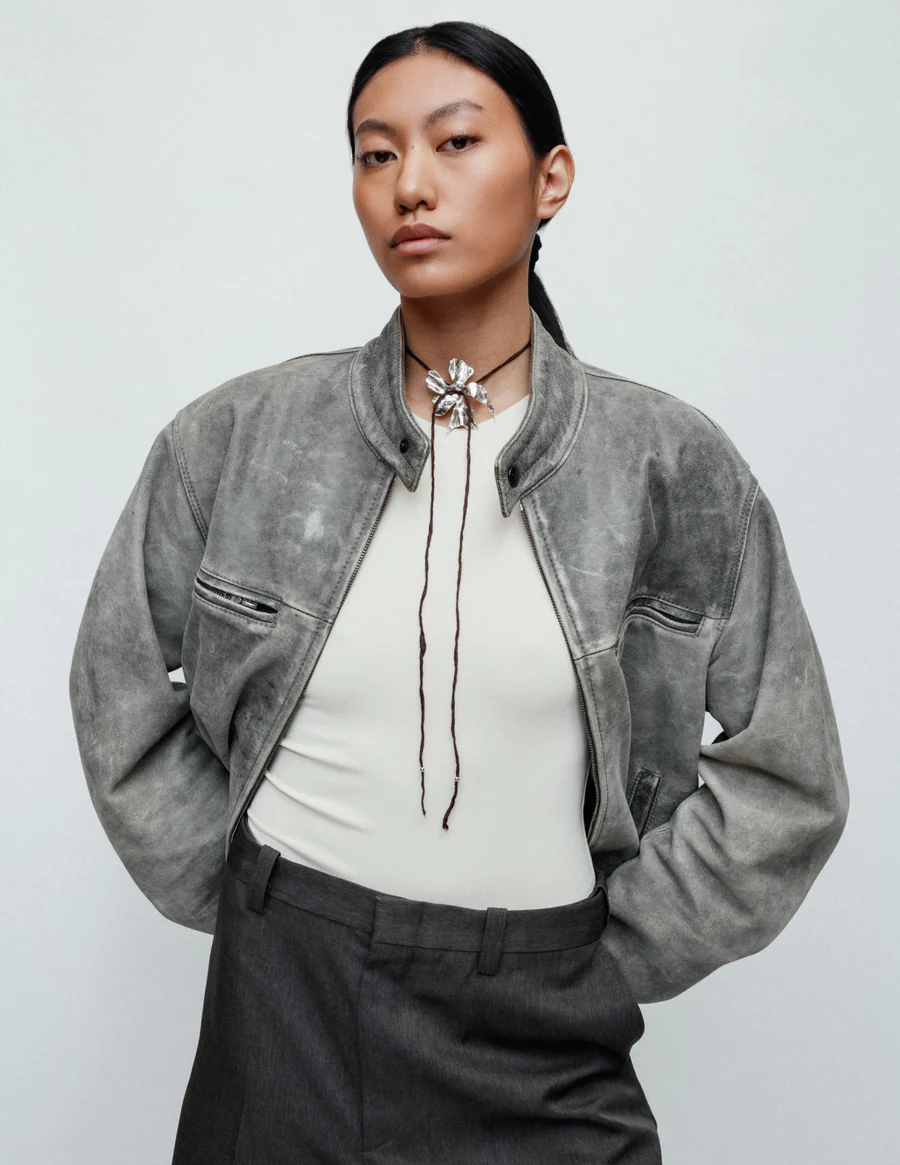
Wolf Circus Jewelry makes simple, modern designs with green production practices and materials. The firm greatly lessens the environmental effect of mining new metals by using recycled metals like brass, sterling silver, and gold. They employ pearls and jewels that are carefully chosen to assure ethical sourcing. Their utilization of recycled metals, ethically sourced gemstones, and eco-friendly production techniques make them a fantastic option!

Pamela Love collaborates with manufacturers in and around New York City to make their production process as sustainable as possible. They also recycle all the waste metal they produce and employ soy-based inks and recycled paper in their packaging. The company only uses gemstones that have been responsibly obtained, and they only do business with suppliers that share their commitment to ethical sourcing.
They place a high priority on ethical labor policies across their supply chain, and they collaborate with groups like Nest and Ethical Metalsmiths to advance ethical business practices in the jewelry sector. Pamela Love’s commitment to eco-friendly materials, sustainable production methods, and ethical sourcing practices makes them a leader in the sustainable jewelry movement.

Kinn greatly lessens the negative environmental effects of mining new metals, by utilizing recycled metals like 14k gold, gold vermeil, and sterling silver. They use eco-friendly components in their creations including recycled glass and lab-grown diamonds, and they collaborate with small-scale American manufacturers and craftsmen to produce their jewelry in an ethical manner with a low carbon footprint. Kinn is committed to transparency and ethical practices, and they provide detailed information about their sourcing and production on their website.

Brilliant Earth sells diamonds that come from mines where environmental and labor regulations are upheld, and they have been independently proven to be conflict-free. The company also incorporates recycled precious metals into its designs, reducing the need for fresh mining and the impact of mining on the environment.
The brand uses ethically sourced diamonds, gemstones, and precious metals in their designs, and they have a rigorous sourcing process to ensure their materials are responsibly and sustainably sourced. They collaborate with groups like the Diamond Development Initiative and the Responsible Jewelry Council to promote moral and responsible business practices in the jewelry industry.
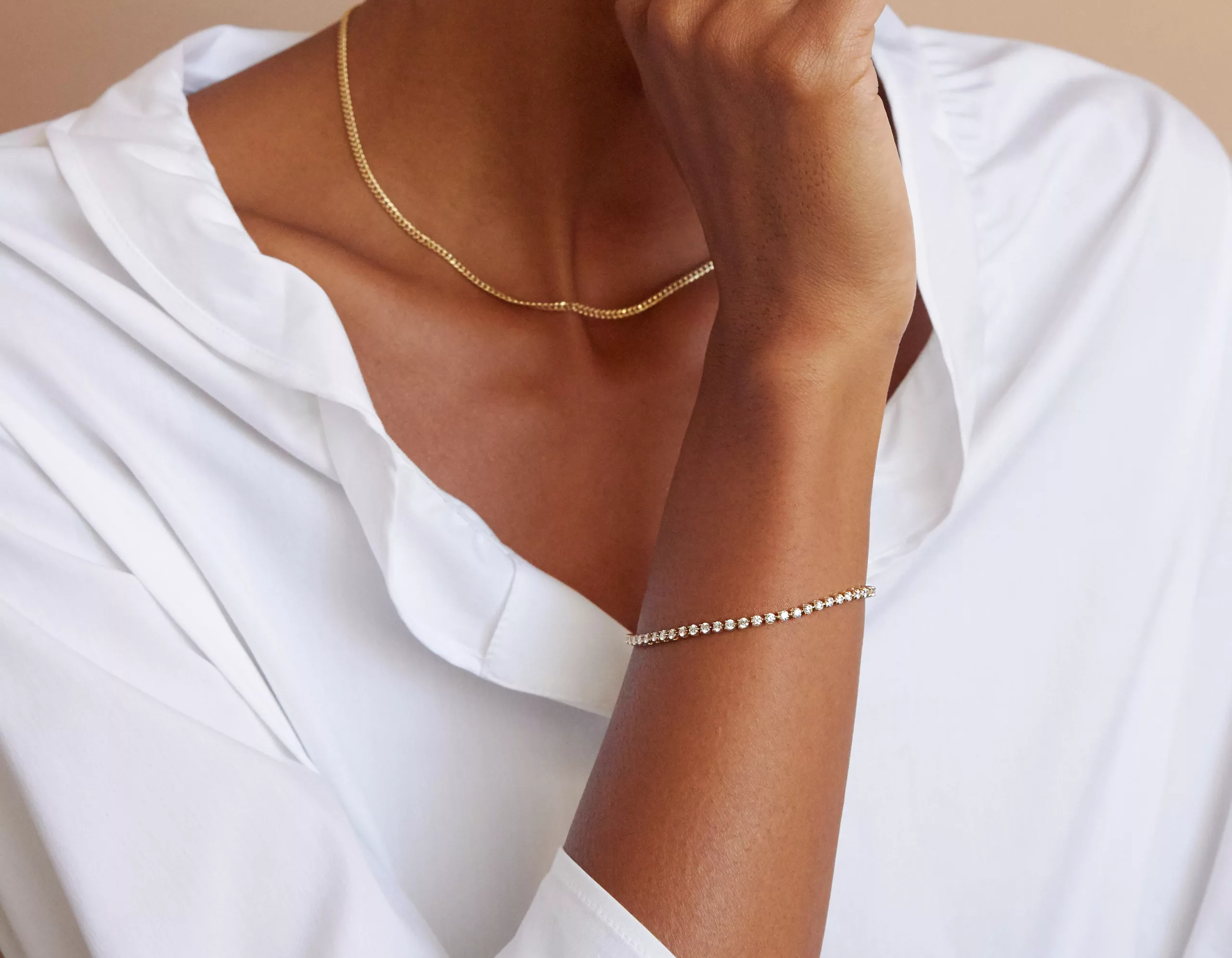
VRAI exclusively uses lab-grown diamonds, which are far less harmful to the environment than conventionally mined diamonds. Their lab-grown diamonds are conflict-free because they do not associate with the immoral methods that are frequently connected to diamond mining. VRAI uses recovered precious metals like 18k gold and platinum to reduce the demand for fresh mining.
The brand has gained popularity for its commitment to sustainability, and also for its high-quality and elegant designs. Hollywood celebrities such as Emma Watson, Natalie Portman, and Emma Roberts have been spotted wearing VRAI’s sustainable and ethical jewelry.

Mejuri provides new designs every week in contrast to conventional jewelry companies, which only release new collections periodically. The business responds quickly to trends and customer demand while also cutting down on waste and overproduction. Mejuri uses only ethically sourced materials like recycled gold and sterling silver, and they work directly with suppliers to ensure that their materials are responsibly sourced. The brand is also committed to using conflict-free diamonds and gemstones, and they have strict ethical standards for their suppliers and manufacturers.

31 Bits is a sustainable jewelry company that stresses the empowerment of women through its business strategy. The company was established in 2008 with the intention of giving Ugandan women more access to the economy. Now, 31 Bits works with craftspeople from around the globe to make gorgeous, ecological jewelry that also empowers women.
The brand’s business strategy is to empower women with economic options, and they have a project dubbed the “Educate. Empower. Eliminate Poverty.” initiative that gives Ugandan women entrepreneurial training and education. Through their business model and commitment to sustainability and women’s empowerment, 31 Bits has become a leader in the sustainable jewelry movement.
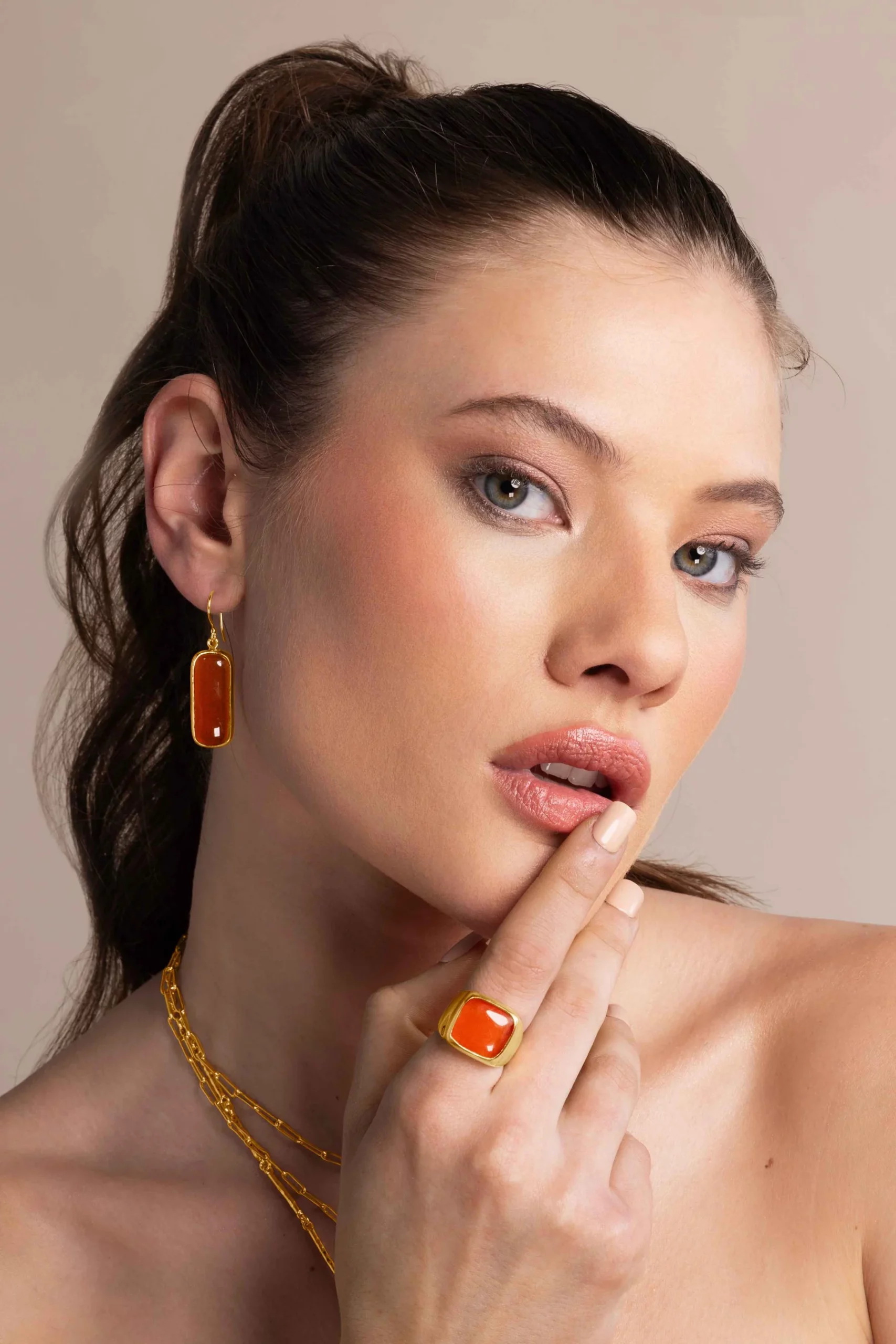
With the use of technology, the brand was established in 2012 with the intention of bringing underserved artisan communities and the worldwide market together. Now, Soko collaborates with Kenyan craftsmen to produce distinctive, sustainable jewelry that strengthens local economies.
Soko’s philosophy on sustainability is based on their dedication to moral and ethical production methods. The company works directly with artisan partners to guarantee that its materials are ethically manufactured and properly obtained. The firm creates its jewelry using eco-friendly materials including recycled brass and repurposed cow bone.
What Makes Jewelry Sustainable?

In recent years, sustainability has grown in importance within the jewelry sector. The sustainability of the jewelry industry is measured by its capacity to satisfy current demands without jeopardizing the ability of future generations to satisfy their own.
The jewelry business has a notoriously bad reputation when it comes to its effects on local communities and the environment. Sustainable jewelry methods have evolved in response to these problems.
One of the essential components of sustainable jewelry is the utilization of recycled materials. It is also important to source materials ethically, making sure the resources used are acquired in a socially responsible manner.
To make sure workers are paid fairly and treated humanely, ethical sourcing places a strong emphasis on fair trade principles. This strategy also guarantees that the minerals are obtained without endangering the environment or local residents.
Sustainable jewelry also uses ethical manufacturing and production techniques, cutting down on waste and pollution.

What is Sustainable Jewelry Made of?
Recycled metal is a popular resource used in sustainable jewelry. Old jewelry, industrial refuse, and technological waste can be mined for metals like silver, gold, and platinum, which reduces the need for freshly mined materials.
Recycled metals can cut down on the energy used as well as greenhouse gas emissions involved in the manufacturing process.
Sustainable jewelry also incorporates responsibly sourced components. A fair salary, safe working conditions, and no child labor are guarantees of ethical and fair-trade diamonds and gemstones. They also guarantee that miners earn a fair wage.
These minerals can enhance the social and economic growth of mining towns and support local economies.
Natural and organic materials like wood, leather, and plant-based fibers are other examples of sustainable jewelry components. They’re biodegradable, and renewable.
Innovative materials like recycled plastic, glass, and ocean waste are also used by sustainable jewelry makers. Recycled plastic can be made into beautiful and long-lasting jewelry, decreasing environmental plastic waste.
Fishing nets and plastic bottles that would otherwise end up in landfills are repurposed into eco-conscious jewelry, and this helps reduce marine pollution!
By using recycled or responsibly sourced materials, natural and organic materials, and innovative materials like recycled plastic and ocean waste, sustainable jewelry brands are promoting an equitable jewelry industry.
Why Switch from Traditional to Sustainable Jewelry?
There are several compelling reasons why consumers should switch to sustainable jewelry. Sustainable jewelry has a lower impact on the environment than traditional jewelry.
- Sustainable jewelry companies employ recycled or ethically sourced materials, so they can cut down on waste and pollution. Low-waste production methods and renewable energy sources further reduce carbon footprint.
- Sustainable jewelry avoids damaging practices like forced labor and child labor because it promotes fair labor practices and transparency in supply chains.
- Supporting sustainable jewelry brands will in turn help support local economies because they promote positive social and economic outcomes.
- Sustainable jewelry is often designed to be high-quality and long-lasting, making it a great alternative to cheap, disposable pieces.
- Sustainable jewelry can be a great way to express your personal style and values, and there are many unique and distinctive pieces available!
- Consumers can influence change by encouraging the commercial jewelry business to embrace more environmentally friendly methods.

Sustainable Jewelry Shopping Tips for the Eco Enthusiast
Become an eco-conscious consumer and help promote ethical labor practices by purchasing high-quality, long-lasting, sustainable jewelry. Not sure where to begin? Here are some tips and pointers on how to shop for sustainable jewelry.
Research brands and materials
Spend some time reading about brands that make eco-friendly jewelry and the materials they employ. Choose companies with transparent supply chains, as they mainly focus on recycled or sustainably sourced materials. Avoid purchasing products from companies that employ commodities linked to terrible labor practices or environmental harm, like diamonds mined in areas of conflict or gold extracted using hazardous chemicals.
Check for certifications
Look for certifications like Fair Trade or B Corp – demonstrating a company’s dedication to sustainability and moral business practices. These accreditations provide confidence that brands are upholding strict criteria.
Consider their design
Ethics and sustainability are crucial considerations. However, the jewelry’s design should also be considered. Look for timeless and flexible designs, rather than just fashionable ones. Flexible designs can be worn with various ensembles, offering more value and eliminating the need for replacements.
Check for durability
Sustainable jewelry should be designed to last, so it’s important to check for durability. Look for brands that use high-quality materials and offer warranties or repair services. Jewelry that can be repaired or repurposed can offer even greater sustainability benefits.
Shop Local
Consider buying sustainable jewelry from regional designers or artists. You’ll help small companies in fostering favorable social and economic results while minimizing the environmental damage caused by shipping and transportation.
Prioritize secondhand
Prioritizing antique or used items while shopping for jewelry is one of the most environmentally friendly strategies. You can lower the need for new materials this way! Secondhand jewelry is distinctive, and it is also a cost-effective alternative to new jewelry. Look for vintage or antique stores, internet marketplaces, or consignment stores. We’re sure you’ll find something that’s unique and has strong character.
Ask questions
Don’t be afraid to ask questions! Chat with brands and retailers about their sustainable and ethical practices, and look for brands that are transparent and willing to share information about their supply chains and production processes. You can make informed and responsible purchase decisions by asking the right questions.
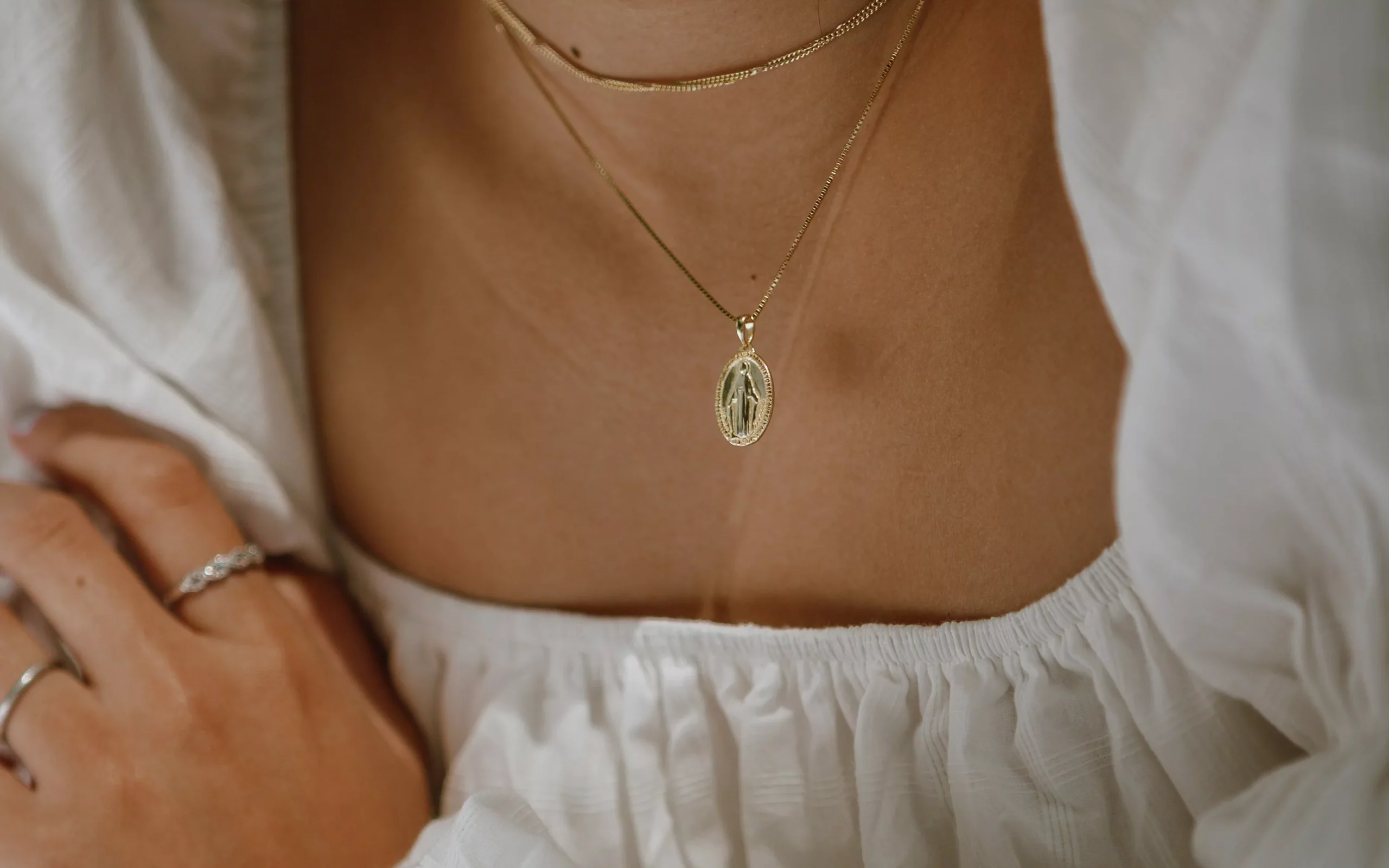
DIY Sustainable Jewelry
Making your own eco-friendly jewelry is a wonderful way to show off your creativity and advance sustainability at the same time. Making your own jewelry allows you to control the type of materials you use and the amount of trash you produce.
You can create a wide range of sustainable jewelry designs, from cloth bracelets and necklaces to repurposed metal and wood pieces. DIY sustainable jewelry allows you to experiment with various materials, hues, and textures to produce one-of-a-kind pieces. Even old jewelry or other discarded materials can be used to make brand-new, one-of-a-kind items.
You can choose materials that are responsibly sourced, upcycled, or repurposed, and you can use techniques that minimize waste and reduce your environmental footprint. Moreover, making your own sustainable jewelry is an excellent way to express your creativity and showcase your personal style.
It is a fun and engaging activity that can be enjoyed by people of all ages and skill levels. Overall, DIY sustainable jewelry is an important way to promote sustainability while also expressing your creativity and individuality.
Best Practices to Make Your Sustainable Jewelry Last Longer
Keeping your jewelry clean and sparkling is essential to maintaining its beauty and luster. Here are some best practices to keep your jewelry shiny and sparkling:
- Clean your jewelry regularly: Regular cleaning is essential to keep your jewelry shiny and sparkling. Depending on the type of jewelry, you can clean it with warm water, mild soap, and a soft-bristled brush. Avoid using harsh chemicals or abrasive cleaners that can damage your jewelry.
- Store your jewelry properly: Proper storage is crucial to keep your jewelry shiny and prevent it from getting scratched or damaged. Store your jewelry in a cool, dry place away from direct sunlight and humidity. You can use a jewelry box or pouch to protect your jewelry from dust and scratches.
- Remove your jewelry before swimming or showering: Chlorine and salt water can damage your jewelry and cause it to tarnish or discolor. Make sure to remove your jewelry before swimming or showering to prevent damage.
- Avoid contact with chemicals: Chemicals such as perfumes, lotions, and hairsprays can damage your jewelry and cause it to lose its shine. Make sure to apply these products before putting on your jewelry and avoid contact with your jewelry.
By following these best practices, you can keep your jewelry shiny and sparkling for years to come. It is important to take care of your jewelry to maintain its beauty and value.

The Ecowiser Take on Sustainable Jewelry
Sustainable jewelry is becoming increasingly popular as people become more aware of the impact of their choices on the environment and the community. Choosing sustainable jewelry means supporting brands that prioritize ethical and environmentally responsible practices, using materials that are responsibly sourced and processed, and ensuring fair wages and working conditions for the artisans who create these beautiful pieces.
There are numerous methods to acquire sustainable jewelry, including going to stores that only sell it or selecting vintage or repurposed items. Overall, by supporting sustainable jewelry and taking care of the pieces we already have, we can make a positive impact on the environment and the community while still enjoying the beauty and elegance of these stunning pieces of art.
Ready to shop sustainably but not sure where to start? Make it easy on yourself—visit our brands page now to find eco-friendly products that align with your values.
